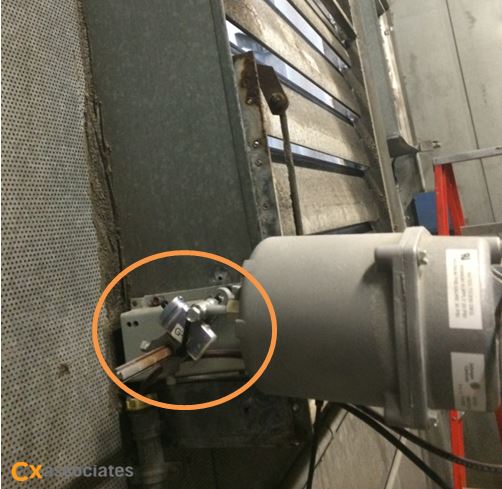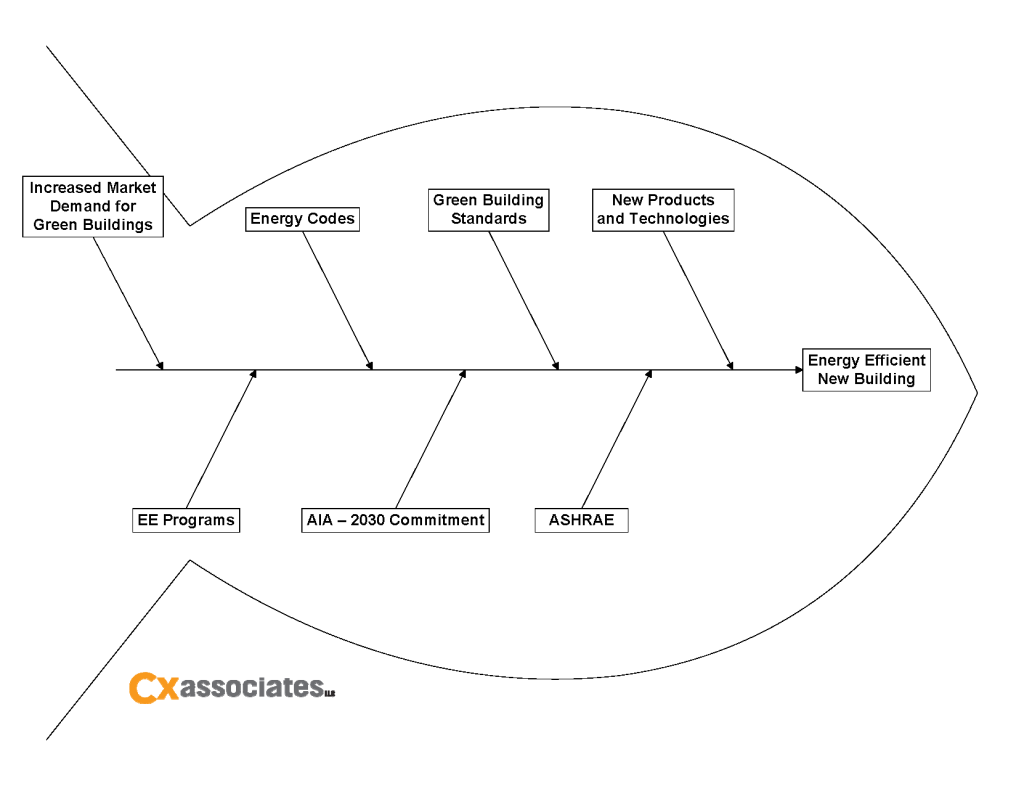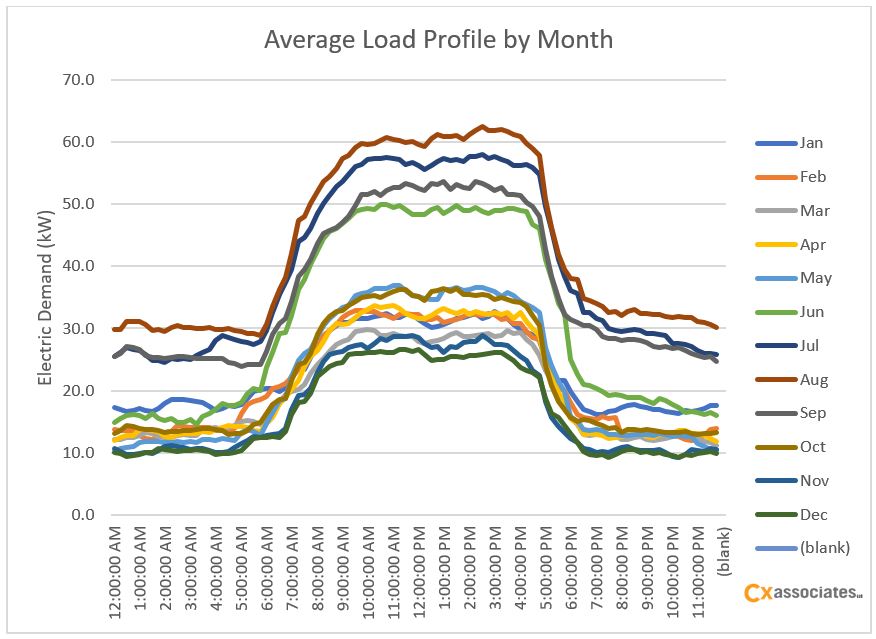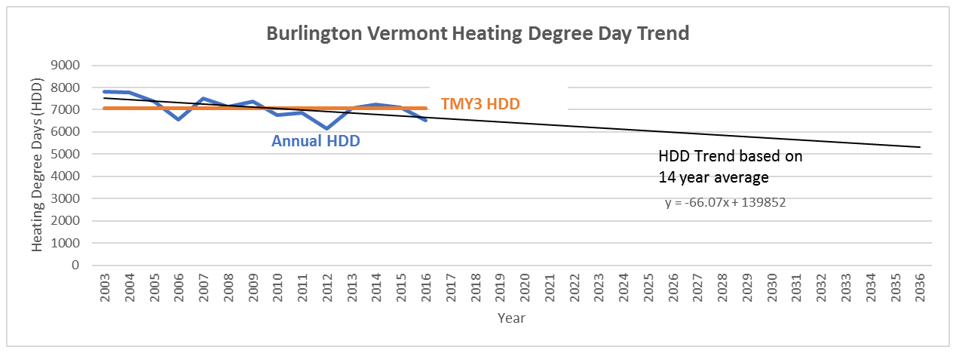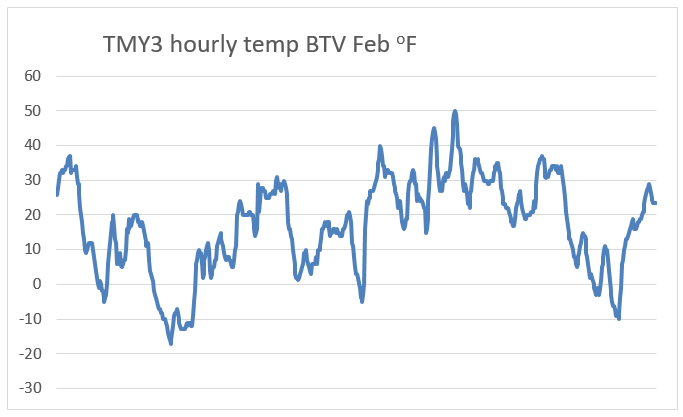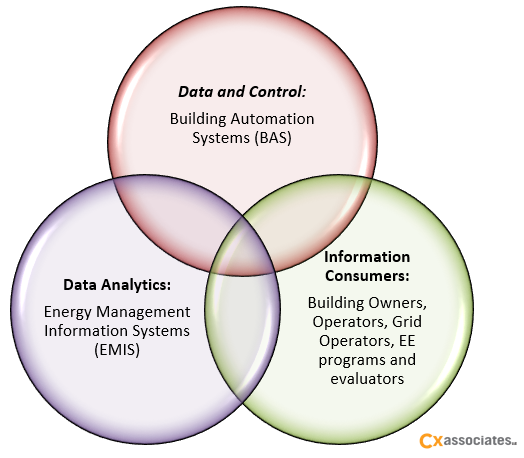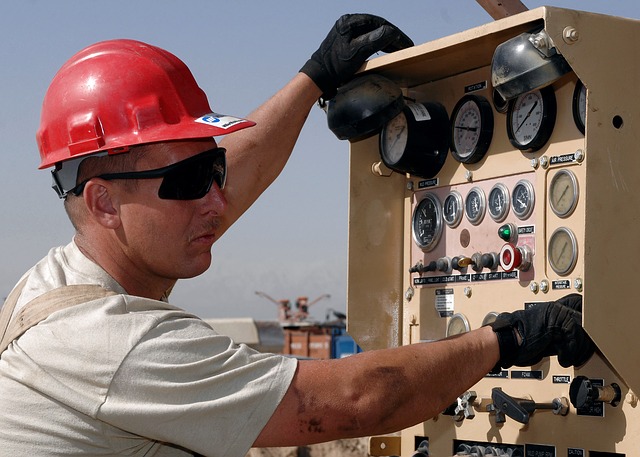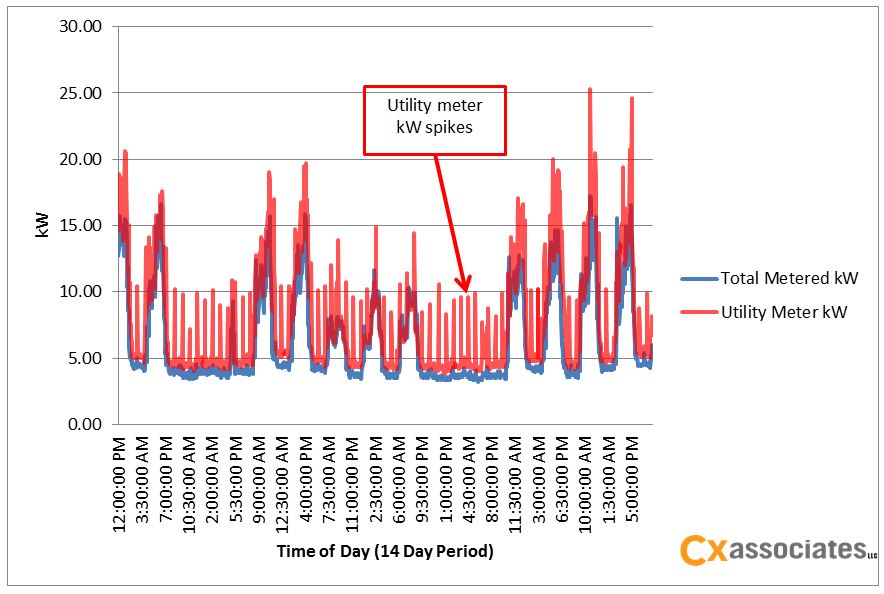Today there are a multitude of energy metering devices (e.g. data loggers) available to enable the analysis of building systems functionality. There are many different types of data loggers, each with a different purpose. To get the most from your building using energy metering, you need to narrow your options with your overall goals in mind. Before we install meters on a system, whether it’s an electrical system, HVAC system, or domestic hot water system, we must first determine what type of data we need and what the data will be used for. With this information, we put together a metering plan that will produce the data necessary for the analysis. I am going to provide two specific examples of systems/equipment we metered, including why we were performing the metering, how we did it (what types of meters), and what the findings were. Both of these examples showed the equipment being metered was not working as intended.
4 min read
Using Energy Metering to Verify Your Building's Performance
By Katie Mason on Jun 20, 2018 5:37:50 PM
Topics: Building Performance & Technology Evaluation Measurement & Verification (EM& Energy Management Energy Planning energy monitoring & solutions Building M&V
3 min read
Using Market Smarts to Enhance Energy Efficiency Program Evaluation
By Jennifer Chiodo on May 30, 2018 2:30:00 PM
The purpose of energy efficiency programs is to cost effectively generate market demand for energy efficiency that would not be achieved without market intervention. An energy efficiency process evaluation investigates the effectiveness of programmatic interventions through qualitative and quantitative analysis. Marrying the analytical engineering-based approach of impact evaluation with the typically more social science orientation of traditional process evaluation can generate useful, actionable results to help program administrators improve market interventions to increase participation, depth of savings, and market transformation.
Topics: Energy Efficiency Evaluation Measurement & Verification (EM& Program Consulting Efficiency Program Program Evaluation
3 min read
No Touch Energy Audits Can Reduce Cost & Increase Granularity of Data
By Daniel Tuhus-Dubrow on Aug 30, 2017 10:00:00 AM
Recently, I’ve been getting excited about so-called “no touch” energy audits, which employ meter data analytics to assess a building’s energy performance and even make specific recommendations regarding potential improvements, all without requiring the (expensive) “boots on the ground” of a traditional energy audit. This idea has been getting a lot of attention over the past few years as the increasing availability of 15-minute electric interval data has met with the “big data” revolution. In this post, I’m going to take a quick walk through various analysis techniques, moving from coarser to finer granularity.
Topics: Building Performance & Technology Evaluation Measurement & Verification (EM&
3 min read
Dangers of TMY3 Data in an Era of Changing Climates (Part 2)
By Jennifer Chiodo on Mar 8, 2017 12:00:00 PM
Hi, it’s me again – two blog posts in a row! I still haven’t had the time to compile the full TMY3 comparison picture that I envisioned when I started this rant. (See my last post if you want to learn the TMY3 basics.)
Topics: Standards and Metrics Evaluation Measurement & Verification (EM&
3 min read
Is Typical Meteorological Data Relevant for Energy Analysis? (Part 1)
By Jennifer Chiodo on Mar 1, 2017 10:00:00 AM
When we undertake energy analysis for commercial building energy retrofits, retro-commissioning, and even new construction projects, we normalize the energy savings to try to reflect average savings over the life of the measures. For measures like HVAC upgrades, savings are usually weather-dependent. The industry has used Typical Meteorological Year (TMY) data as the basis for weather normalization. These TMY data are generated by the National Renewable Energy Labs (NREL) and include actual weather data that is determined by NREL to be representative of typical weather over time for each month.
Topics: Sustainability Evaluation Measurement & Verification (EM&
3 min read
Turning Big Data into Actionable Intelligence
By Jennifer Chiodo on Oct 12, 2016 10:00:00 AM
Energy efficiency program evaluation sounds so arcane, most people, I’m sure have no idea that there are large cohorts of people (cohort is a word we use frequently in evaluation) who spend their lives verifying the results, the savings, from energy efficiency programs. Because energy efficiency program evaluation (evaluation hence forth in this blog) is outside the realm of day to day life, most of us are completely unaware it exists. This post is about my vision for how evaluation and real life (in the commercial, institutional, industrial (C&I) building operations world in which I work) could intersect in ways that could make buildings, programs and evaluation better and lower costs for ratepayers.
Topics: Energy Efficiency Evaluation Measurement & Verification (EM&
2 min read
Managing the Growth of Building Energy Management Systems
By Brent Weigel on Jan 20, 2016 5:50:34 PM
A recent blog post in Energy Manager Today highlights the increasing demand for, and utilization of, building energy management systems. The market for building energy management systems (BEMS) is expected to more than triple in size in less than 10 years. Furthermore, the use of BEMS may expand to include the significant energy consumption of transportation access to/from buildings (a topic I have blogged about previously). A BEMS can enable effective energy management if it provides the right information to the right people at the right time.
Topics: Building Performance & Technology Evaluation Measurement & Verification (EM&
3 min read
A Surprising Peak Electric Demand Contributor
By Walker Calderwood on Jan 13, 2016 10:00:00 AM
On a recent project we were tasked with trying to reduce the peak electric demand of a building that already had a relatively low summer peak demand of around 40-45 kW and even lower winter demand of around 25 kW. Immediately ideas jumped into our head that we should look at the four installed rooftop units and the commercial kitchen equipment as sources for peak electric demand savings.
Meter First
Before we began any analysis though, we metered the feed of nearly every electrical distribution panel in the building to check for any anomalies. We found what was expected – the kitchen and RTUs accounted for a large amount of the electrical demand. However, when we compared this data with the utility meter (total power of the building) data for the same time period we found that one feed we did not meter turned out to be an important one.
Topics: Building Cx & Design Review Evaluation Measurement & Verification (EM&
3 min read
Why Third Party Energy Efficiency Program Evaluations?
By Eveline Killian on Aug 5, 2015 6:00:00 AM
The effectiveness of an energy efficiency program is measured in large part by the actual savings realized by the efficiency measures installed. Every program is accountable to the state’s Public Utility Commission (PUC) and utility rate payers, to ensure that public money is being invested wisely. The wise investment of public money is dependent upon how the efficiency measures are installed and operated.
Topics: Energy Efficiency Evaluation Measurement & Verification (EM&
3 min read
Pitfalls of Evaluation, Measurement and Verification
By Brent Weigel on Jul 29, 2015 7:00:00 AM
Evaluation, measurement and verification (EM&V) studies can provide a special opportunity for uncovering what is and is not working in an energy efficiency program. Energy efficiency program administrators look to EM&V studies to find out how their efficiency programs can be improved. To effectively identify opportunities for improvement, it is important for efficiency program administrators and evaluators to avoid the pitfalls of evaluation, measurement and verification.

